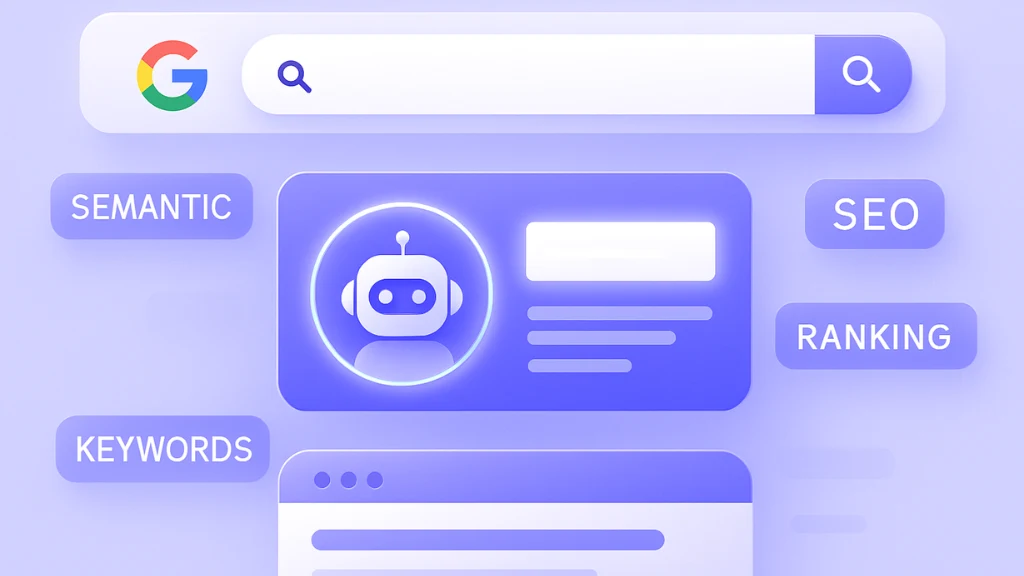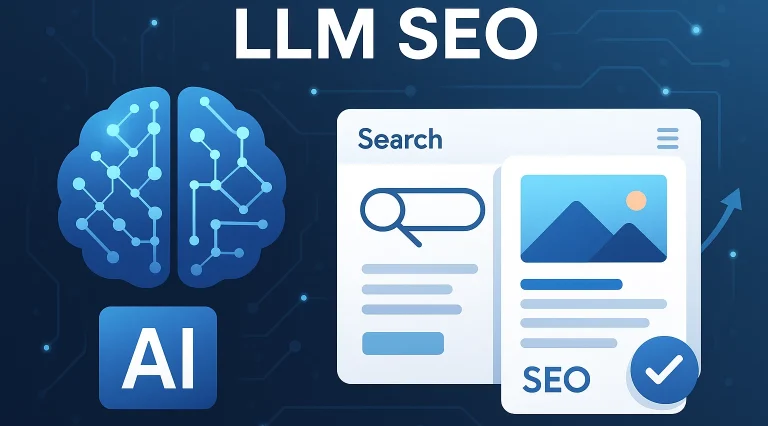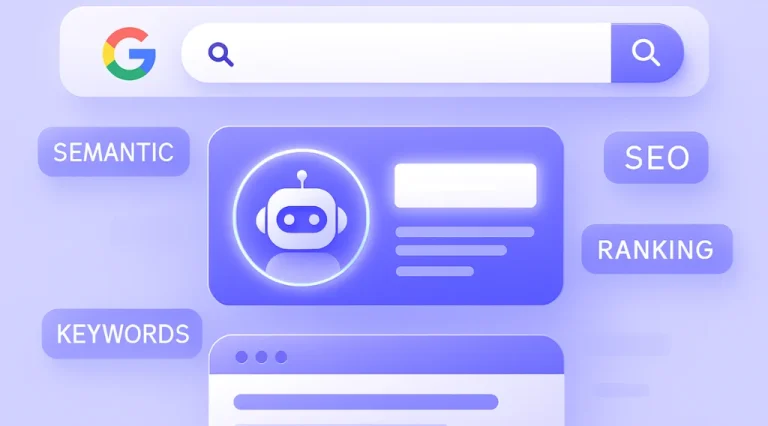Google AI Mode, or Search Generative Experience (SGE), is a new search experience that uses artificial intelligence to show a quick summary at the top of search results. These AI-generated answers are based on multiple trusted sources.
To appear in AI Mode, your content must be:
Authoritative
Structured
Directly answering search intent
Featured prominently in Google Search
What Is a Featured Snippet?
A featured snippet is the box of content that appears above all organic results, answering a user’s query in a concise format. It can be:
A paragraph
A list
A table
A video snippet
Ranking here increases your chances of also appearing in AI Mode.
How to Rank in Google AI Mode and Featured Snippets
1. Use the PAS Copywriting Framework
To get featured, structure your content using PAS (Problem-Agitation-Solution):
Problem: State the user query as a clear question (use it as your H2).
Agitation: Briefly highlight the importance or struggle related to the query.
Solution: Answer directly in 40–60 words.
Example:
How to Come in AI Mode on Google?
To appear in AI Mode, you must rank in top organic search results and answer search queries directly. Use structured content, semantic headings, and give concise, helpful answers. Google pulls AI snapshot data from trusted and clearly formatted websites.
2. Structure Your Content with Clear Headings
Use H1, H2, H3, and H4 tags appropriately. Each section should focus on one topic or question, using:
Bullet points
Short paragraphs
Keyword-rich subheadings
3. Target Featured Snippet Formats
👉 Swipe right to view full table
4. Add Semantic SEO & Structured Data
Semantic SEO helps Google’s AI understand the context of your content.
Tips:
Use related keywords and entities
Implement FAQ Schema, HowTo Schema, or Article Schema
Add internal links to cluster topics
5. Write in Simple, Human Friendly Language (BERT Optimized)
Google’s NLP models like BERT and MUM prefer:
Clear, simple language
Natural tone (not robotic)
Short sentences and defined terms
Beginner-friendly explanations
6. Use “People Also Ask” and Long-Tail Queries
Use PAA boxes and tools like AnswerThePublic to find:
Questions your audience is asking
Long-form queries (e.g. “how to get into Google AI mode for SEO”)
Answer them clearly in your blog to increase snippet eligibility.
7. Build E-E-A-T Signals (Experience, Expertise, Authoritativeness, Trustworthiness)
To win Google’s trust:
Add author bio with credentials
Use outbound links to trusted sources
Showcase real experience, results, and examples
Use HTTPS, fast-loading pages, and mobile-friendly design
Quick Checklist to Appear in AI Mode & Snippets
👉 Swipe right to view full table
Final Thoughts
Ranking in Google AI Mode and featured snippets in 2025 is all about:
Understanding user intent
Writing clear, structured answers
Building authority and trust
Using semantic SEO and schema
If your content solves the query better than others you win the snippet and AI position.
Want to boost your chances of getting featured in AI Mode?
Let us optimize your blog or service pages for Google’s latest search features. Contact NexPrime Agency today for expert SEO services in Pakistan
Want to know about the differences between AEO and SEO? Check out our another article on topic: Difference between SEO and AEO




